Dill Weed or Dill Seed: Know the Real Difference
Dill weed has become a staple herb in many kitchens around the world.
Feathery green herbs offer a light, fresh flavor similar to anise with subtle hints of lemon.
Most professional chefs prefer dill weed for seafood dishes, particularly salmon and various white fish recipes.
The delicate fronds add both visual appeal and aromatic qualities to cold summer soups and cucumber salads.
Home cooks often grow dill in window boxes because it thrives with minimal care and frequent harvesting.
Unlike some stronger herbs, dill weed pairs beautifully with creamy sauces without overwhelming them.
After learning these basics, you might find yourself reaching for this versatile herb far more often in your everyday cooking.
Dill: The Aromatic Herb You Should Know
Dill, known scientifically as Anethum graveolens, is part of the celery family and has been a staple in cooking around the world, especially in Asian and European kitchens.
It’s a key herb in many traditional Norwegian dishes and is valued year-round for its fresh leaves, stems, and seeds, each bringing something different to the table.
Beyond its flavor, dill offers health benefits like supporting kidney function, boosting appetite, protecting the heart, and even helping prevent cancer.
Most people know dill from potato salads or pickles, but it’s much more versatile than that.
The leafy dill weed tastes quite different from the seeds, which is why each is used to enhance different kinds of recipes.
Dill Weed or Dill Seed – What’s the Difference?
Dill seed and dill weed offer different experiences in the kitchen despite coming from the same plant.
| Feature | Dill Weed | Dill Seed |
| Appearance | Feathery green leaves with thin stems; available fresh or dried | Tiny, oval, tear-shaped brown seed pods |
| Flavor | Grassy, warm, sweet, lemony; similar to parsley, celery, anise | Stronger, camphorous, spice-like aroma with slight bitterness; similar to caraway or fennel |
| Aroma | Fresh dill is highly aromatic; dried dill weed less so but shelf-stable | Potent aroma, especially when roasted; produces more oil with greasier scent |
| Cooking Uses | Added at end of cooking or used fresh in dressings, sauces, seafood, salads, and fresh vegetables | Used in pickling, braised dishes, breads, soups; good with fatty meats and gas-producing foods |
| Best Cooking Method | Added last or as garnish to preserve flavor | Toasted or cooked for longer periods to release full flavor |
| Health Benefits | Fresh and dried used for flavor and aroma | Supports digestion; soothes stomach and reduces gas |
| Common Pairings | Mustard, cilantro, lemon, horseradish, garlic, paprika, onion, basil, mint, parsley | Often used with vegetables like cabbage, eggplants, and in pickles |
Appearance
Dill weed comes in fresh or dried options for your kitchen. Fresh dill has light, feathery green leaves attached to slender stems, perfect for adding to dishes right before serving.
Dried dill offers convenience with its longer shelf life but packs a more concentrated flavor, so you'll need less when cooking. The seeds look completely different - small, oval-shaped and brown, they bring a slightly nutty taste to recipes.
These aromatic herbs add wonderful flavor to fish, potatoes, salads and many European dishes.
Flavors
Dill weed and dill seed may come from the same plant, but their taste profiles differ quite a bit. Many people know dill weed as the delicate leaves and stems available both fresh and dried at most grocery stores.
The flavor of dill weed comes across as grassy, warm, sweet, and lemony - similar to parsley, celery, and anise, with fresh notes that can lift an entire dish. Fresh dill has more aroma than dried, though dried versions last much longer in your pantry.
In contrast, dill seeds appear as tiny, tear-shaped brown pods with a taste resembling caraway seeds but lighter, making them perfect substitutes for celery seeds in Northern European dishes. These seeds carry a camphorous, spicy aroma with slight pungency and offer a stronger flavor with hints of bitterness compared to the leaves.
Cooking
Dill weed and dill seed are used differently in cooking. Dill weed pairs well with fish, chicken, and seafood, and is commonly added to yogurt sauces, dressings, potato salads, spinach, eggs, and fresh summer veggies like tomatoes and cucumbers.
It also blends nicely with herbs like mustard, cilantro, lemon, garlic, and basil. Dill seeds are key in pickling cucumbers, carrots, and beets and work well in vegetable dishes, breads, braises, and soups. They’re especially helpful with fatty meats and gas-producing vegetables, aiding digestion and reducing discomfort.
When To Add Them While Cooking
Dill weed should always be added at the cooking's final stage since heat destroys its flavor. For best results, simply sprinkle dill weed as a finishing touch on soups, salads, and cold appetizers where it adds both decoration and its fresh aroma without being cooked away.
Dill seeds work in the opposite way - they actually need heat to release their full potential. These seeds benefit from toasting before use and develop more depth of flavor the longer they cook.
How to Store Dill
Fresh dill weed stays fresh for 3–7 days when wrapped in a damp paper towel inside a perforated bag in the fridge. Avoid washing before storing to prevent spoilage.
For longer storage, freeze the leaves on a tray, then transfer to an airtight container. Dried dill weed keeps well up to a year in a cool, dark, airtight container.
Dill seeds last longer. Store them in an airtight, opaque container away from heat, moisture, and light to preserve flavor for up to two years.
Proper storage keeps their aroma and taste strong for cooking.
Swapping Dill Weeds for Seed (or Vice Versa)
Dill weed and dill seed have quite different flavors, so they usually aren’t great substitutes for each other. However, if you’re in a pinch, you can swap one for the other by following the right ratios to avoid ruining your dish.
Here are some handy substitution ratios to help you use them properly:
| Substitution | Ratio | Notes |
| Fresh dill (chopped) to dried dill weed | 1 tablespoon = 1 teaspoon | Use dried dill weed when fresh isn’t available |
| Fresh dill to dill seeds | 1 cup = 1 ounce | Dill seeds have a stronger, different flavor |
| Bunch of dill to fresh dill weed | 1 bunch = 1–2 ounces | For grocery shopping measurement |
| Dill heads to dill seeds | 3 heads = 1–2 tablespoons | Dill head includes leaves, flowers, stems |
Other Substitutes for Dill Weed And Dill Seed
Here are substitutions to replace dill weed and dill seed with ratio.
| Substitute For | Substitute | Flavor Notes | Substitution Ratio | Best Uses |
| Dill Weed | Tarragon (fresh) | Similar anise flavor | 1:1 (fresh to fresh) | Eggs, chicken, salmon, salad dressings |
| Dill Weed | Tarragon (dried) | Similar anise flavor, milder than fresh | 1 teaspoon dried = 1 tablespoon fresh | Same as above |
| Dill Weed | Fennel fronds | Mild flavor, similar appearance | 1:1 (fresh dill to fresh fennel fronds) | Garnishes for soups and salads |
| Dill Seed | Caraway seeds | Similar, slightly stronger flavor | 1:1 | Pickles, breads, stews |
| Dill Seed | Poppy, sunflower, or sesame seeds | Visual substitute, mild flavor differences | 1:1 | For appearance in dishes where flavor is less critical |
Dill Weed Substitutes
If you run out of dill weed, tarragon is an excellent substitute because it shares a similar anise-like flavor. For the best results, use fresh tarragon to replace fresh dill, and dried tarragon for dried dill in equal amounts.
When swapping dried tarragon for fresh dill, use 1 teaspoon of dried tarragon for every tablespoon of fresh dill. Tarragon pairs well with eggs, chicken, salmon, and salad dressings. Another good alternative for fresh dill, especially for garnishing soups or salads, is fennel fronds, which have a similar appearance and mild flavor.
Dill Seed Substitutes
For dill seed replacements, caraway seeds are the closest match in flavor and can be used in a 1:1 ratio. While caraway has a slightly stronger taste, it works well in most recipes calling for dill seed.
If visual appearance matters more than flavor, seeds like poppy, sunflower, or sesame can stand in for dill seeds to keep the look of the dish without drastically changing the taste.
Perfect Dill Recipes That Make Family Dinners Unforgettable
Dill weed and dill seed bring unique flavors to my daily cooking routine. Here are some favorite recipes showcasing this herb's fresh taste in easy-to-make dishes.
Grilled Salmon With Lemon And Dill
Low-carb and paleo grilled salmon with lemon and dill may soon become your family's weeknight go-to meal. Making this dish requires minimal kitchen time as it's quick and easy to prepare.
The salmon turns out buttery, mellow and savory with delightful lemony notes, plus a texture that's perfectly soft and flaky. Fresh chopped dill scattered across the dish greatly enhances the flavor by adding an herbal freshness that brightens everything up.
For a complete meal, simply serve alongside whole-grain salads, green salads, or healthy roasted vegetables.
Dill Bread
Dill bread will fill your kitchen with amazing aromas and doesn't even need kneading, making it super easy to prepare. The secret stars of this recipe are dill seeds and minced onions - just a little bit creates the most wonderful flavor throughout the bread.
Your finished loaf has that perfect contrast between a crispy, crusty exterior and a soft, pillowy inside that everyone loves. For an extra special touch, spread some butter on the warm bread right after taking it out of the oven and add a light sprinkle of sea salt on top to enhance all those delicious flavors.
Refrigerator Dill Pickles
Summer brings the perfect chance to make homemade pickles for your family with minimal effort and time investment. These refrigerator dill pickles stay fresh for up to two months in the fridge, giving plenty of opportunities to enjoy them.
Cucumbers can be prepared in various styles - chips, crinkle chips, whole pickles, or wedges - based on what you prefer. The simple brine combines water, salt, and white vinegar, while dill weeds add that classic well-rounded flavor everyone loves.
Just a few days of refrigeration transforms ordinary cucumbers into crispy, flavorful, briny treats that pair wonderfully with sandwiches.
Got Questions? We’ve Got Solutions
1. Can I use dill weed and dill seed interchangeably?
Not really. Dill weed (the feathery leaves) has a light, fresh flavor while dill seeds taste more intense and slightly bitter. Use dill weed in fresh dishes and dill seeds when you need stronger flavor in cooked recipes.
2. When should I add dill weed versus dill seed during cooking?
Add dill weed near the end of cooking to preserve its delicate flavor and bright color. Add dill seeds earlier in the cooking process to allow their stronger flavors to infuse the dish.
3. How should I store dill weed and dill seed?
Store fresh dill weed wrapped in damp paper towels in the refrigerator for up to a week. Dried dill weed and dill seeds should be kept in airtight containers in a cool, dark place for up to a year.
4. Which cuisines commonly use dill weed versus dill seed?
Dill weed is popular in Scandinavian, Eastern European, and Mediterranean cooking for fish dishes and salads. Dill seeds are common in Indian, Middle Eastern, and Eastern European cuisines, especially in pickles and bread.

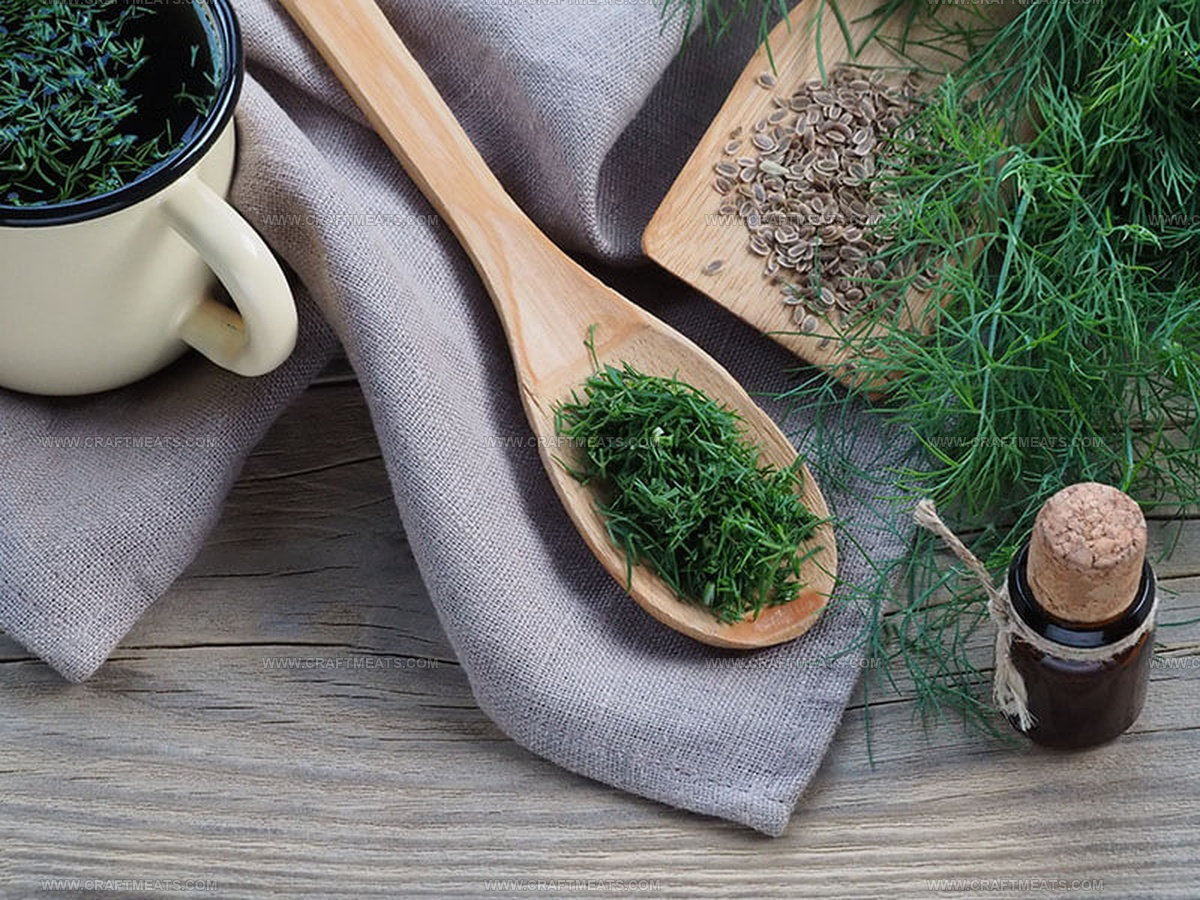
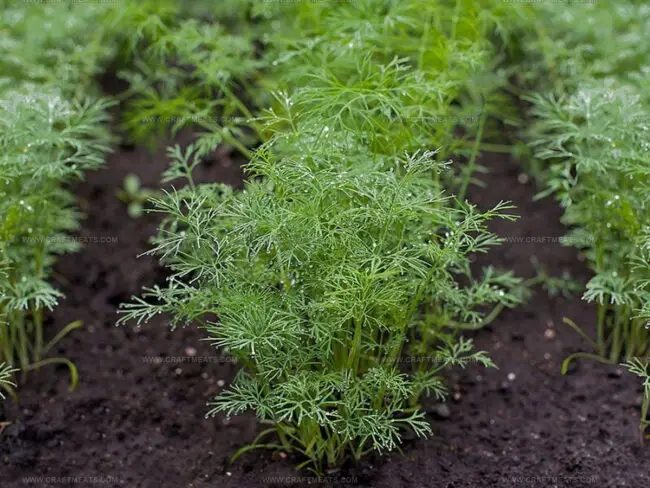
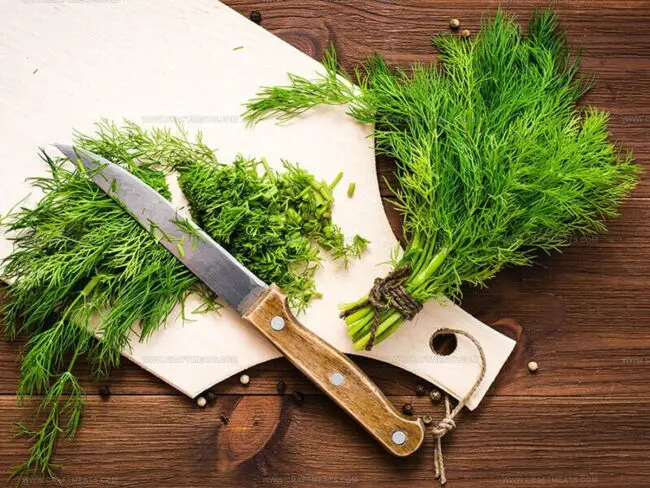

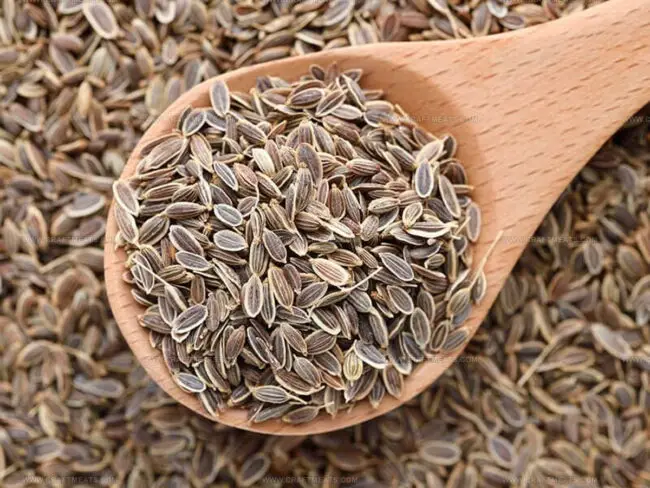
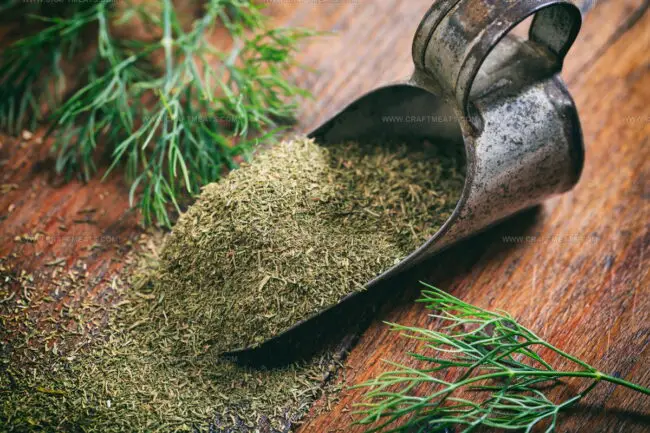
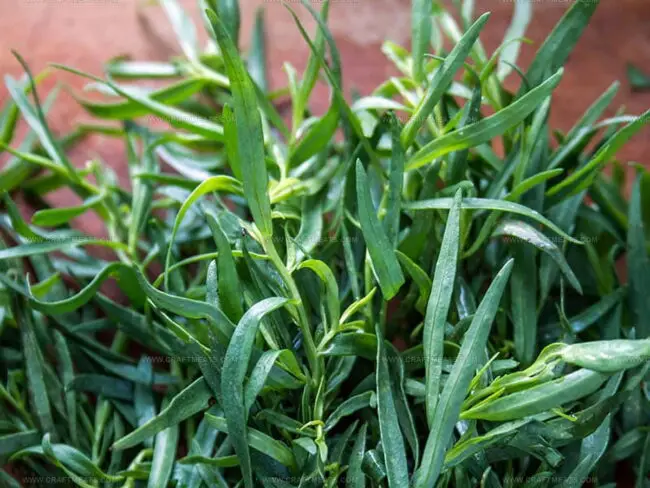
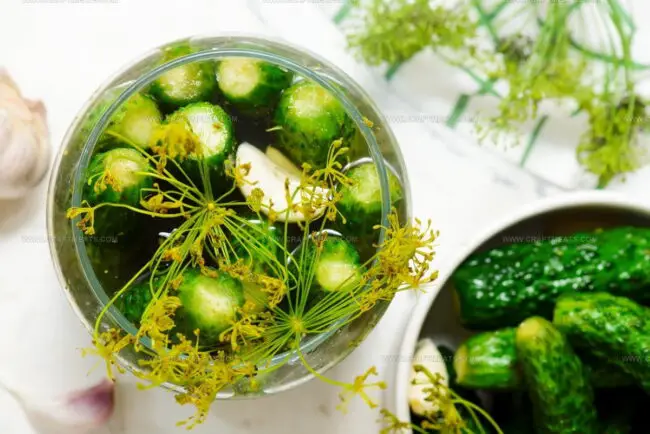
Liam O’Sullivan
Founder & Culinary Content Creator
Expertise
Recipe Development, Traditional Irish and European Cuisines, Food Styling and Photography, Culinary Education
Education
Dublin Institute of Technology (DIT) – School of Culinary Arts and Food Technology
Ballymaloe Cookery School
Isabella brings a global spark to the Craft Meats table. Born in Florence and trained at the Apicius International School of Hospitality, she blends classic Italian flavor with modern writing that’s easy to follow and hard to forget.
Her additional training at the Italian Chef Academy fueled her love for well-crafted dishes, especially ones that spotlight beautiful cuts of meat.
She’s a food writer with heart, and a deep love for storytelling through single recipes. Her goal? To help you cook with more confidence and a little more joy, no matter where you start.